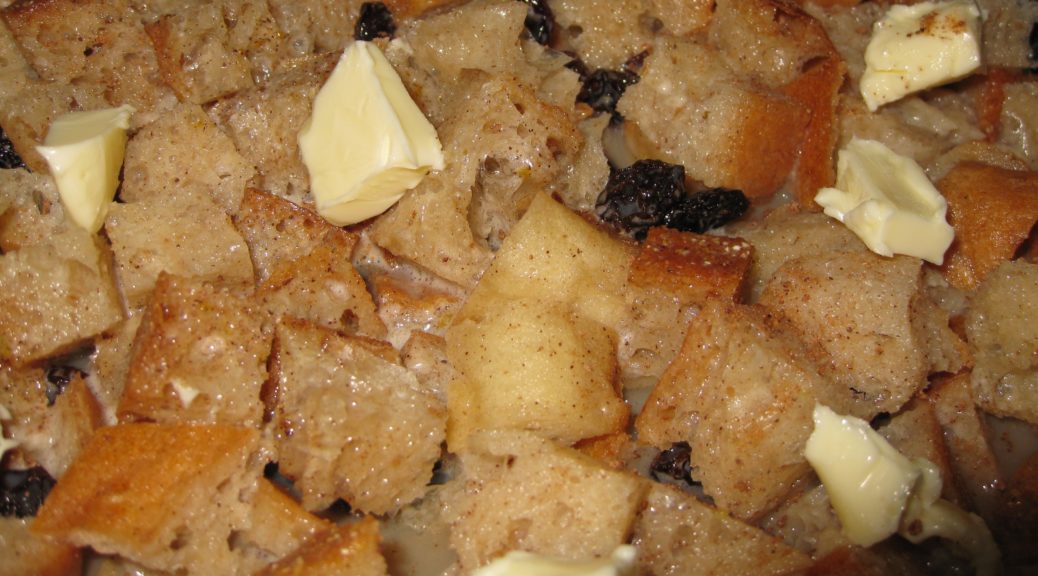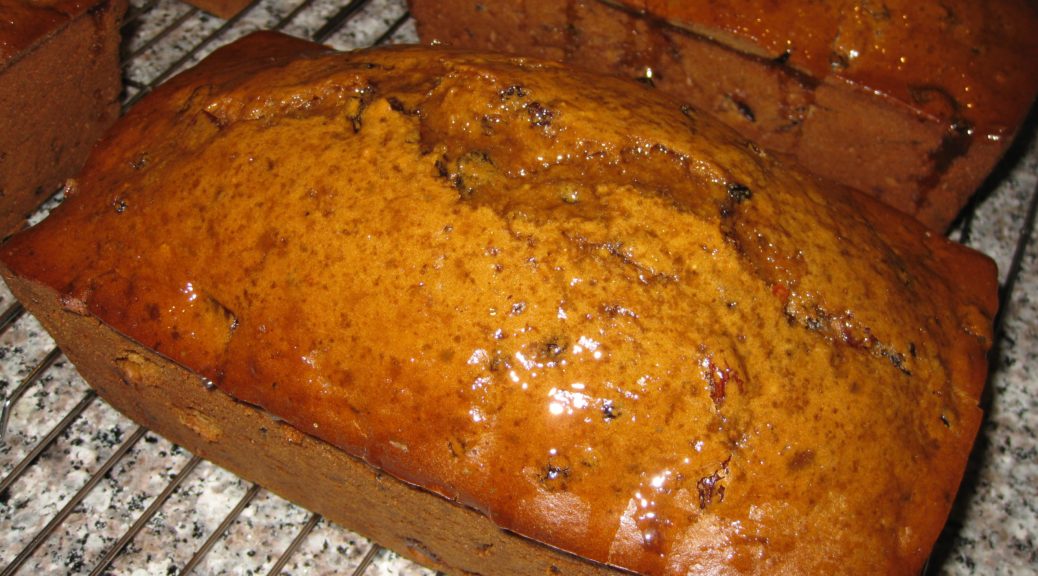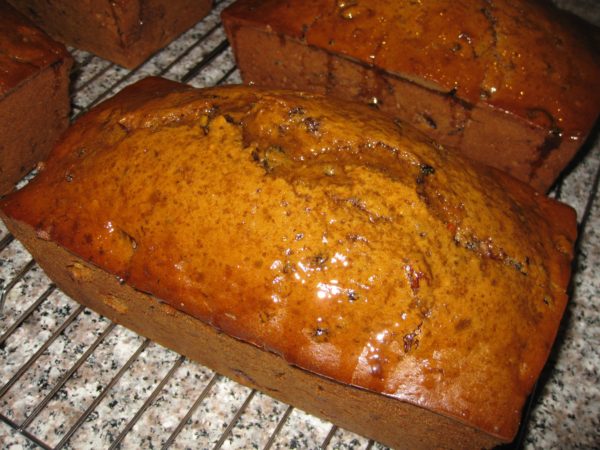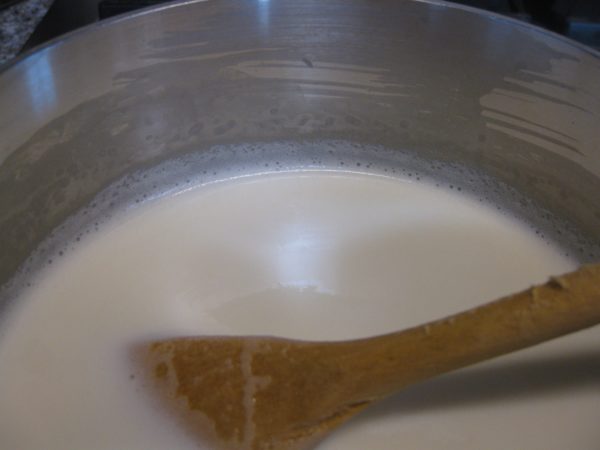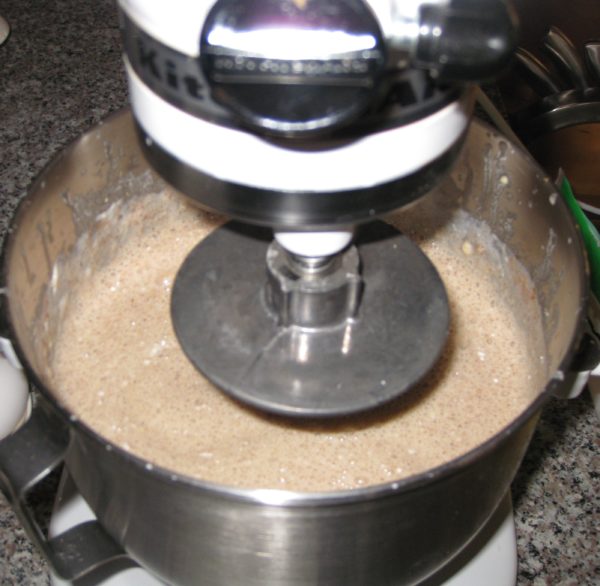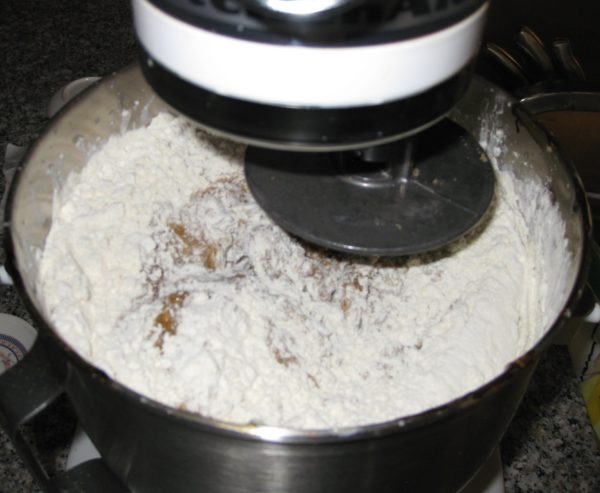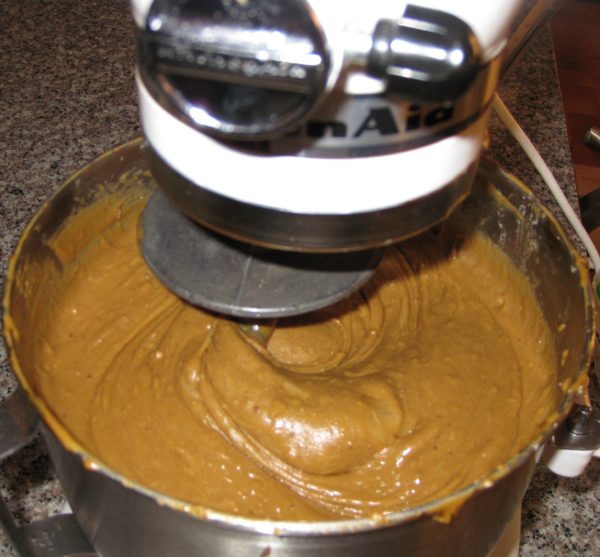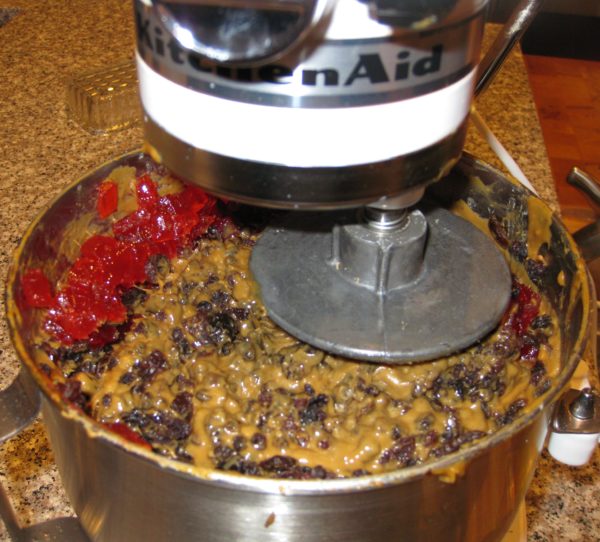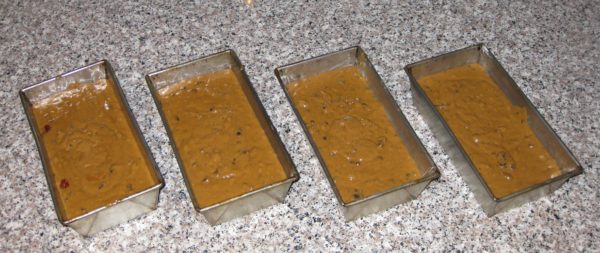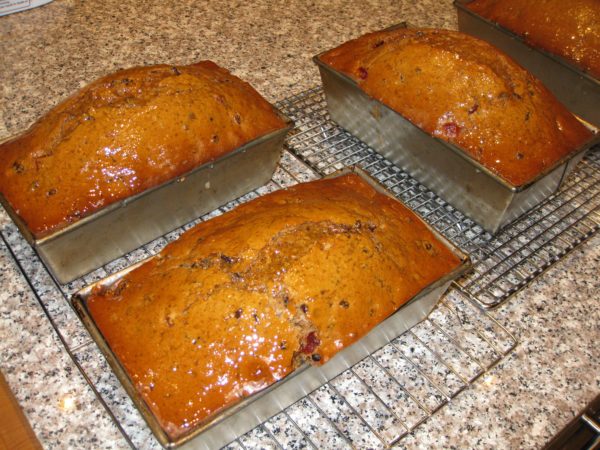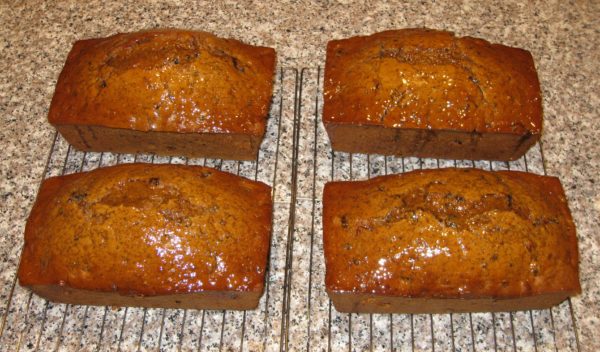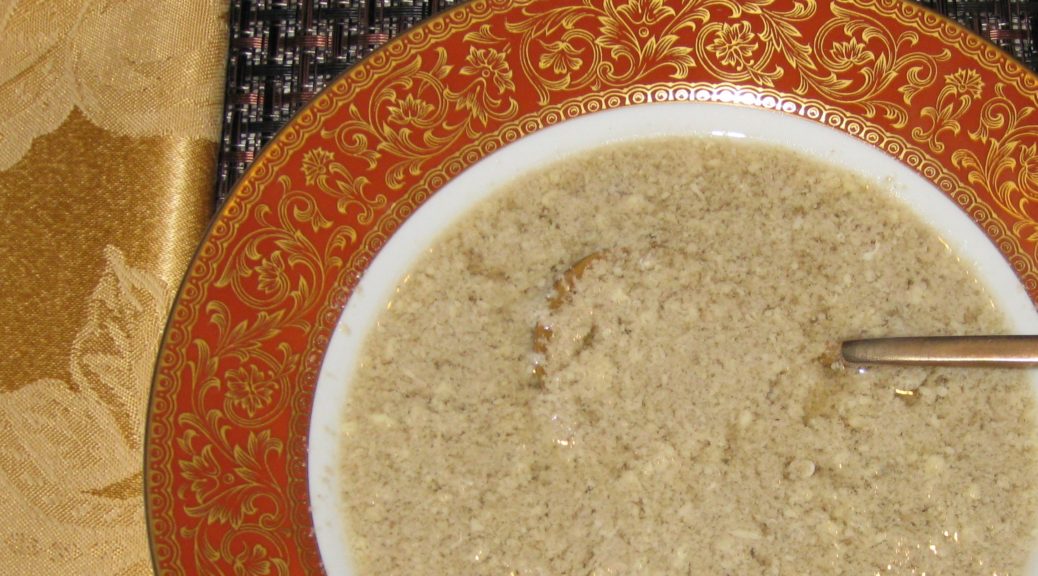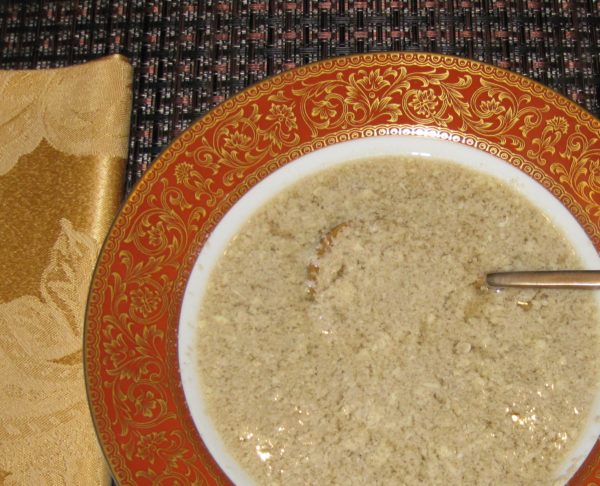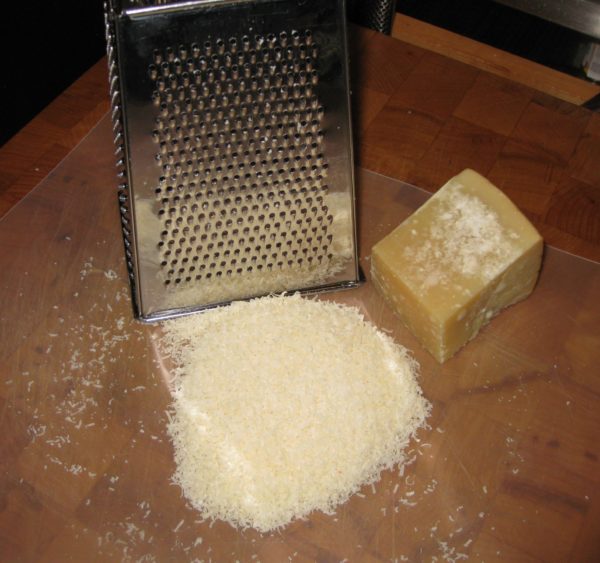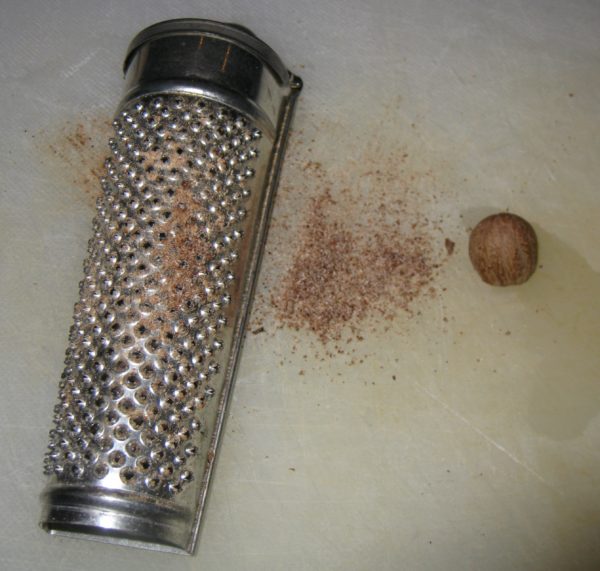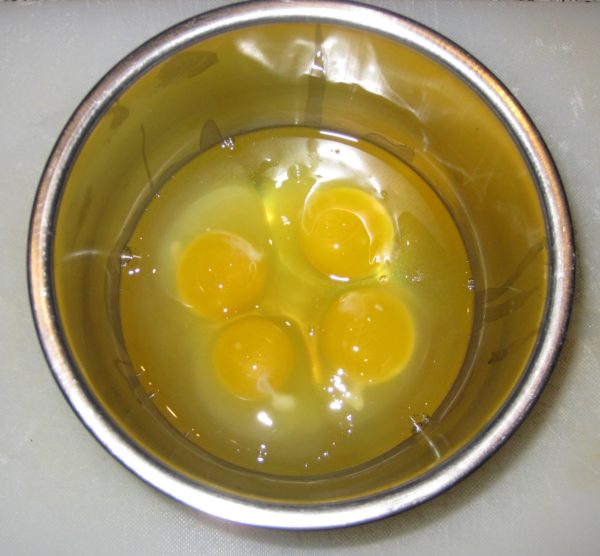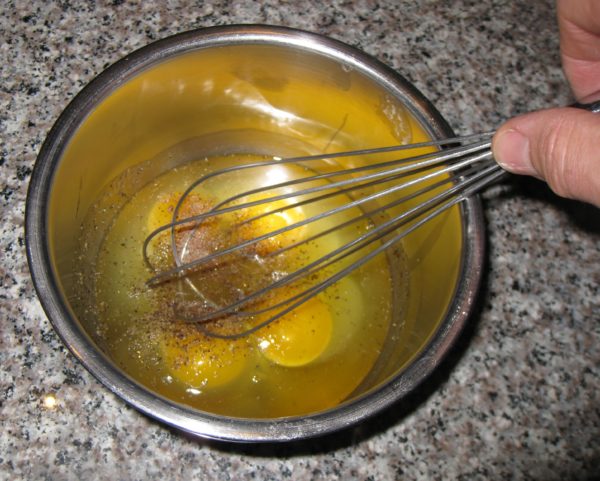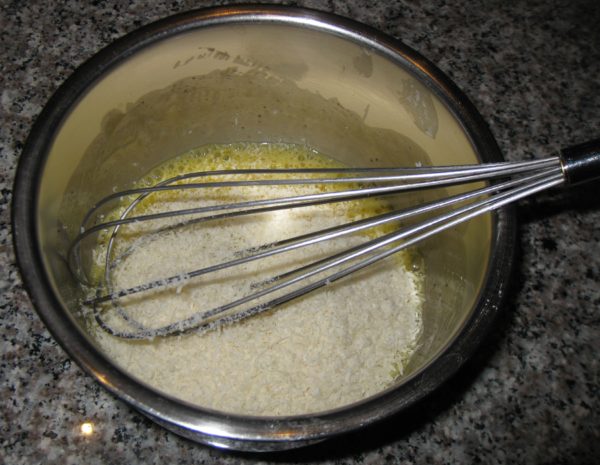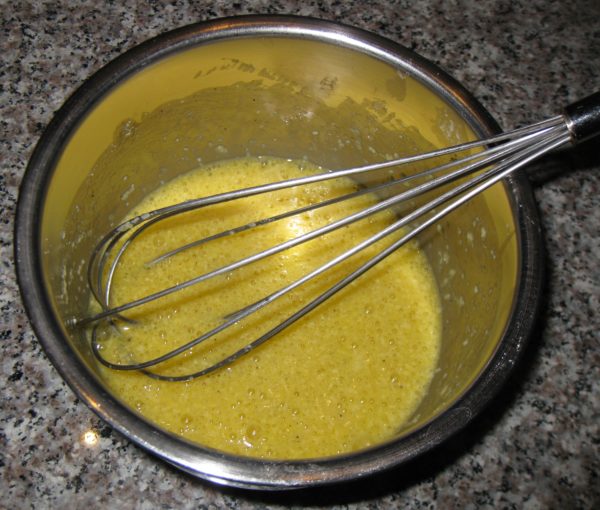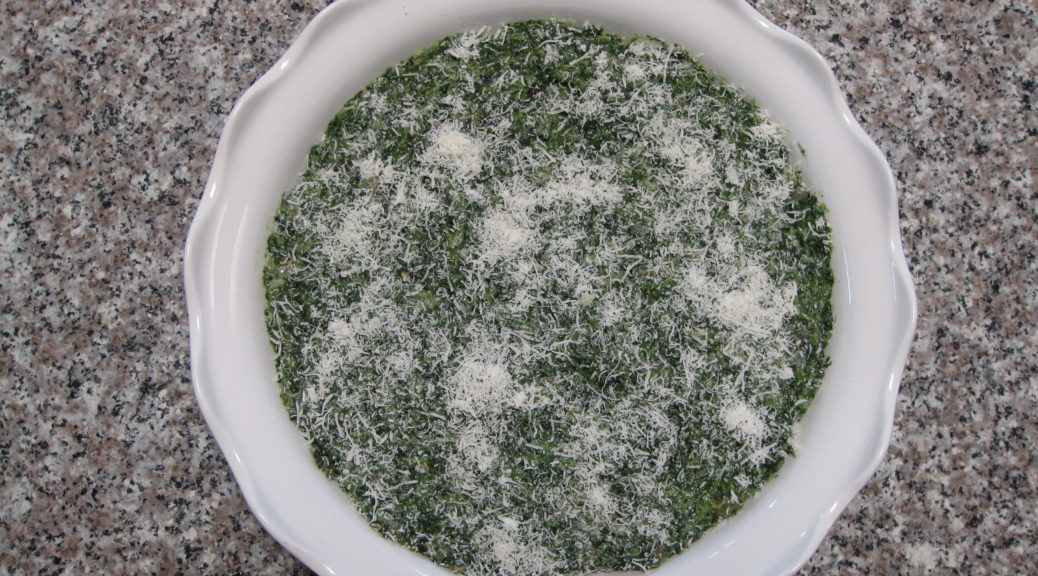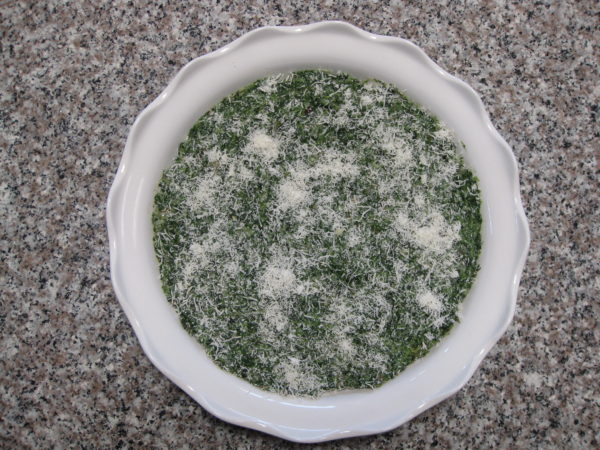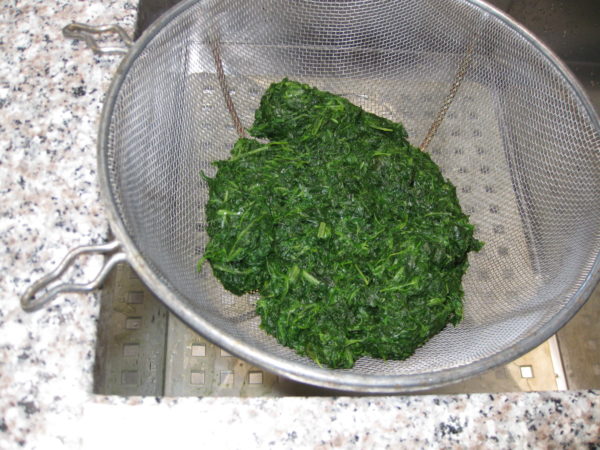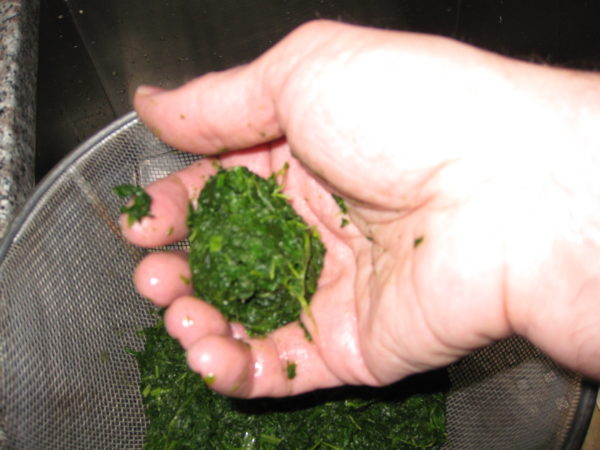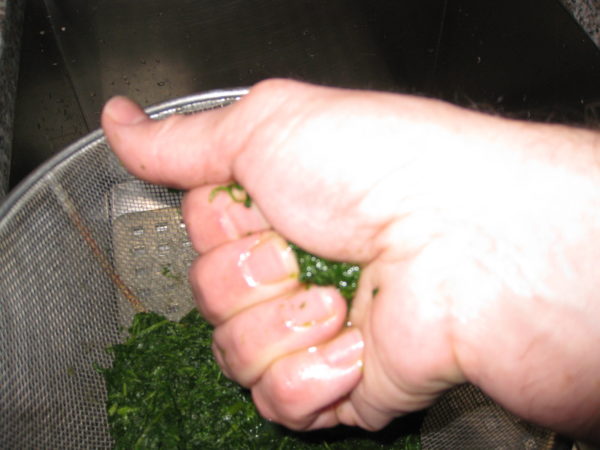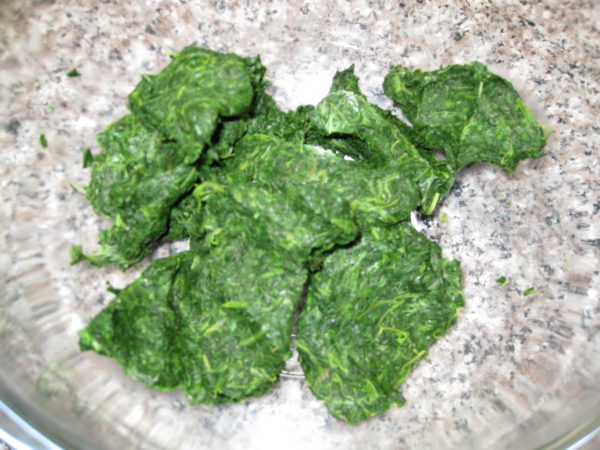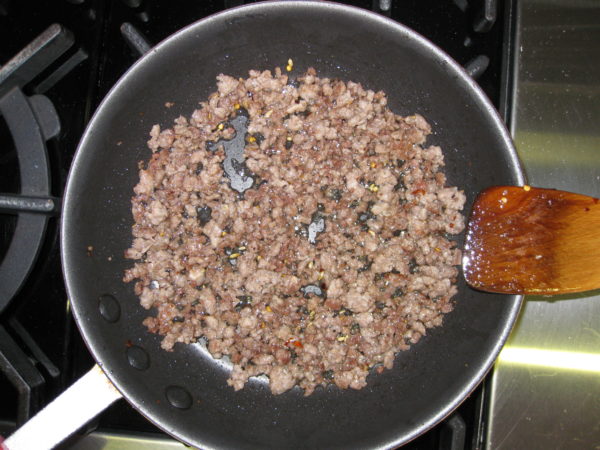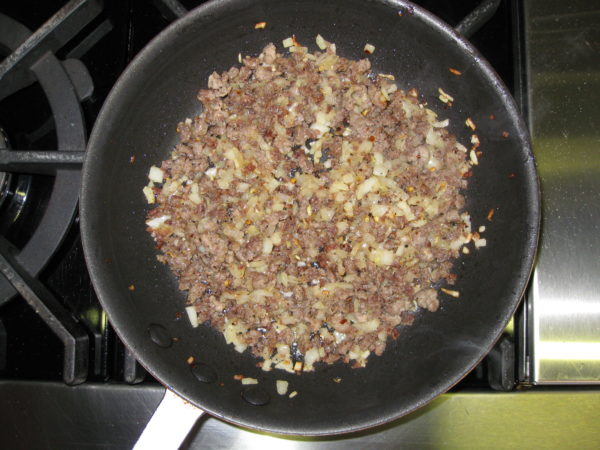July 3, 2019
It’s a Sunday morning in June. I’m on the East Coast; Fire Island, New York to be exact. I’m one-third of the way through a three-week stay on this slip of land south of Long Island. To the north of Fire Island is the Great South Bay, which separates it from Long Island. To the south is the Atlantic Ocean.

Whenever I’m here, I seem to channel my childhood as far as cooking goes. I find myself turning (though not exclusively, mind you) to the foods I grew up eating and loving. A few days ago for dinner I made Italian (OK, Italian-American) sausage with peppers and onions.

Today I’m making my mother’s long-simmered Southern Italian Ragu (or Sugo or Tomato Sauce…or, because I’m in New York, Sunday Gravy). Growing up, we NEVER called Tomato Sauce of any sort “Gravy!” It was usually just “Sauce,” which we all knew meant mom’s or Aunt Margie’s or Aunt Mamie’s or some other Italian-American woman’s slow-cooked meat-and-tomato-based sauce for pasta. And we NEVER EVER used the word “Sunday” as a modifier for “Sauce!”

Join our mailing list and you’ll never miss a recipe again!
Sauce was Sauce, it was sacrosanct. It wasn’t better or different or more elaborate because it was being made on Sunday. If by some chance it were to be made on Thursday (which it usually wasn’t) it would still be made the same way. To be sure, there was some variability in the meats that were used. In my family’s version there were always big pieces of pork, preferably bone-in. There could also be sausage (preferably hot), meatballs, and occasionally (and just for the cook) one chicken thigh (to “sweeten the sauce” as my mother would say). Other than that, and the occasional appearance (or not) of an additional aromatic, like a small amount of minced onion or a hot pepper, the rest of the process was invariable.

I’m making Sauce today because, well, it’s Sunday and I’m on the East Coast, and because I LOVE it. If I could, I’d find an AM radio and tune it to a station playing Polkas (Is that even possible?). Aunt Mamie always did that on Sunday (despite being of Italian descent). It’s one of those experiences from childhood that has had an outsized impact on me for some reason. The memory is quite simple: summertime, doors open , Aunt Mamie cooking, and her big green box radio sitting on a white enamel-topped free-standing kitchen cabinet near the door to her porch blaring out polka tunes.

Many of my fondest memories are in the summer with the doors open, what can I say? It’s not like Aunt Mamie didn’t tune to polkas in the winter but that’s not what comes to mind!

I’m also making Bread Pudding today. One of those comfort-food desserts that I really enjoy. I know I’ve mentioned this a time or three, but all of my favorite foods are carbohydrates. All of my favorite desserts are based on moderately complex carbohydrates (flour and rice, usually) without lots of extra fat (like butter) and without being overly sweet. Bread Pudding and Rice Pudding are near the top of the list.

Follow us on your social media platform of choice
![]()
![]()
![]()
Neither would be considered fit for company but I’m foisting the bread pudding on our dinner guests today with the option of some heavy cream poured on top. I can always do a run to the store for gelato if I have a last-minute change of heart. And, it would be a “run.” There are no cars on this part of the island. There are some motorized carts that ply the boardwalks that crisscross the community, providing the only means of navigating the town. The carts are mostly used by contractors, businesses, trash pickup, the fire department, and the EMS. Although a few residents use small carts or electric scooters to get around, the rest of us walk and use wagons to cart things that are too heavy to carry.

It’s a pretty idyllic place to spend part of the summer.

It can also be an exciting and unpredictable place. Sunday afternoon an intense storm hit Long Island and Fire Island. Trees and power lines were downed. The storm put an end to internet service for more than forty-eight hours. That’s the reason that this blog is getting posted a few days later than planned.

Meanwhile, I’m eagerly anticipating the arrival of the next urge to cook something from my childhood!
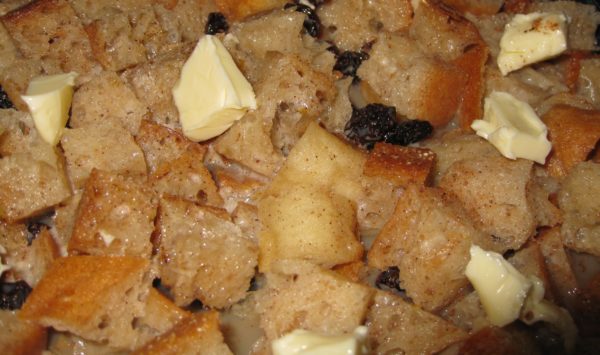
| Prep Time | 15 minutes |
| Cook Time | 80 minutes |
| Passive Time | 60 minutes |
| Servings |
people
|
- 7 cups 3/4 inch bread cubes such as French, rustic Italian, or Challah
- 3 large eggs
- 1 cup sugar white or firmly packed brown
- 2 teaspoons vanilla extract
- 1 1/2 teaspoons cinnamon preferably freshly ground
- 2 3/4 cups whole milk
- 1/4 cup Rum or Brandy or more milk
- 1/2 cup raisins or currants optional
- 1/4 teaspoon freshly grated nutmeg optional
- butter to dot the bread pudding and grease the baking dish
Ingredients
|

|
- Beat eggs, sugar, vanilla, and cinnamon.
- Add milk and rum to the egg mixture and whisk to combine.
- Butter a three-quart ovenproof covered dish.
- Toss the bread cubes and raisins if using. Put the bread into the buttered dish. Pour milk and egg mixture on top.
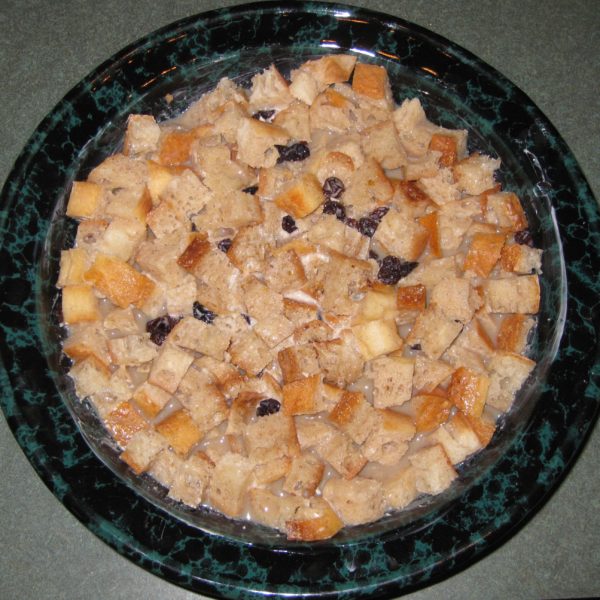
- Grate nutmeg over the top. Dot lightly with butter.
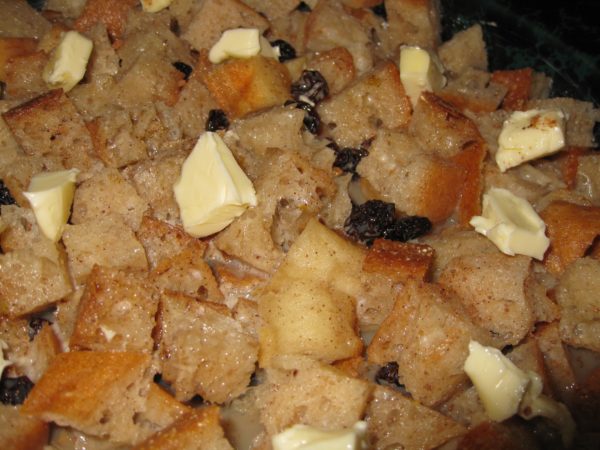
- Cover and allow to sit at room temperature 30-60 minutes.
- Bake at 350°F, covered, for approximately 60 minutes. Uncover and bake an additional 20 minutes, or until brown on top.
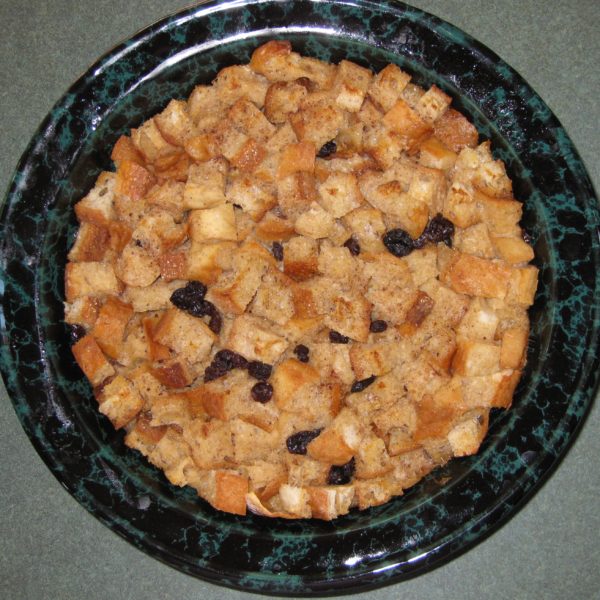
- Serve warm or at room temperature. Pour a little heavy cream on top if desired.
Copyright © 2019 by Villa Sentieri, LLC. All rights reserved.

